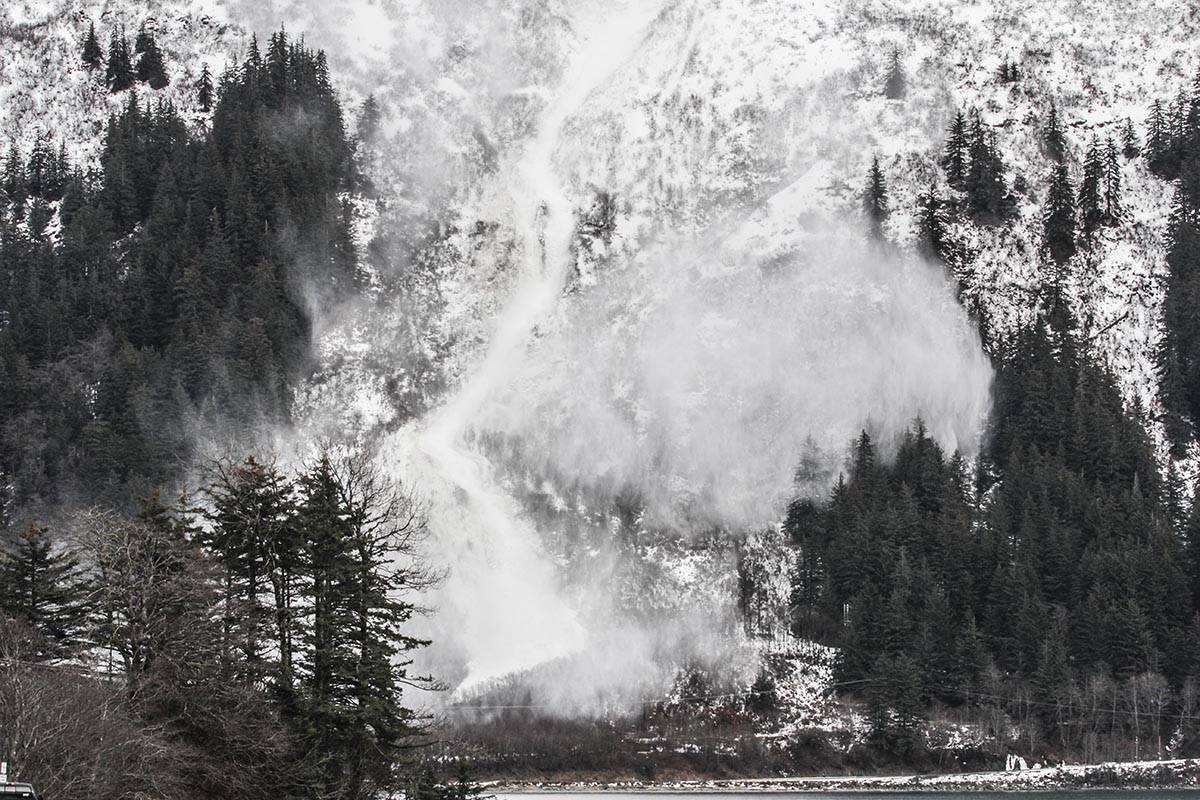The Department of Transportation and Public Facilities on Tuesday reduced avalanche risk along the Thane Road using the DaisyBell device to trigger controlled slides.
“Our avalanche specialist said it went pretty well. They were able to trigger numerous small releases and one larger one,” said department spokesperson Sam Dapcevich in a phone interview. “Nothing reached the road so there was no cleanup required.”
The effort, which took less than an hour, follows an unsuccessful attempt to dislodge snow several weeks ago.
“A couple weeks ago when they did it, the snow stayed where it was,” Dapcevich said. “If the weather this winter keeps up, it seems like we’ll have more missions.”
[Governor quarantines following close contact]
Avalanche monitoring specialists keep an eye on the condition of the snow, taking samples to assess the formation of slabs and the danger to the community, Dapcevich said.
“Our avalanche specialist, Pat Dryer, does evaluations pretty much daily,” Dapcevich said. “The avalanche specialist community keeps in touch with each other and they tend to hike up and stick poles in the snow to see how things look.”
The DaisyBell is a great tool for actively reducing risk, said department employee Sara Brown in an email.
“To trigger a slab avalanche there needs to be a weakness in the snowpack and a slab to transmit the energy of the trigger, in this case the DaisyBell.” Brow said. “By producing smaller, more frequent avalanches using active mitigation methods, the likelihood of a larger more destructive avalanche is reduced but it is not ever completely eliminated.”
Previously, Department of Transportation and Public Facilities used an artillery piece fired from across the Gastineau Channel. The DaisyBell is cheaper and much more precise, Dapcevich said. However, it’s still a poor decision to be near the DaisyBell while in operation, Brown said.
“This is not advisable,” Brown said. “The DaisyBell mixes hydrogen and oxygen and ignites the mixture to create an explosion.”
• Contact reporter Michael S. Lockett at (757) 621-1197 or mlockett@juneauempire.com.

